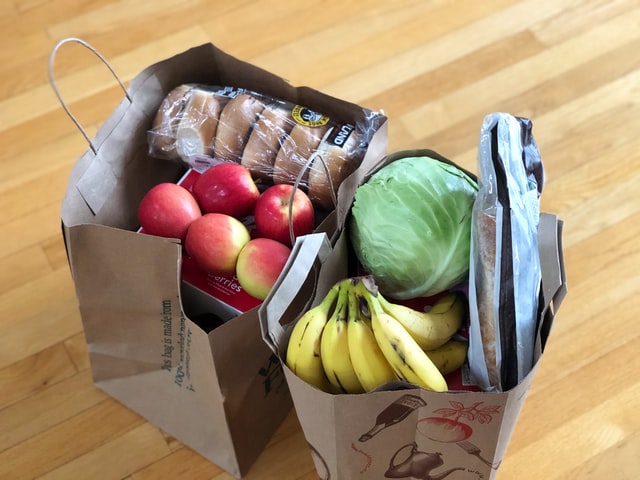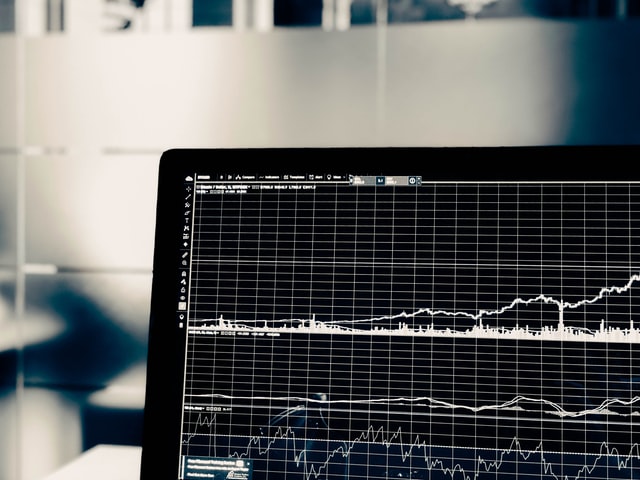After lockdowns ended, the real estate market was inundated with prospective buyers who seemed to be itching to take advantage of low interest rates. Interest rates have started to climb back up, yet demand currently shows no signs of slowing, despite continuously rising prices. So what’s the actual reason demand is high, and perhaps more importantly, is it a good reason?
The stimulus packages are a likely culprit. A government stimulus is always going to effect short-term change, but its goal is also long-term change. This is done by a multiplier effect — when people have more money to spend, they spend more, which causes the money to recirculate and improve GDP. However, it’s important to realize what the money is being spent on. Between a quarter and 40% of stimulus money was spent on food, household goods, and debt, and much of the remainder was saved. The stimulus certainly helped people to get through the recession, but it didn’t actually do much to improve the economy as a whole.
From the outside, the real estate market looks like it’s recovering, since it’s becoming more competitive when there isn’t much reason for it to be any longer. In reality, most of the people who can afford to buy right now could already afford to buy before the pandemic, and the rest are perhaps falsely optimistic. The primary factor that can result in long term recovery hasn’t happened yet, and that’s job recovery. The job market isn’t expected to recover until 2025, long after the eviction and foreclosure moratoriums end.
Photo by Maria Lin Kim on Unsplash
More: https://journal.firsttuesday.us/riding-the-stimulus-wave-when-will-it-end-for-real-estate/77854/

